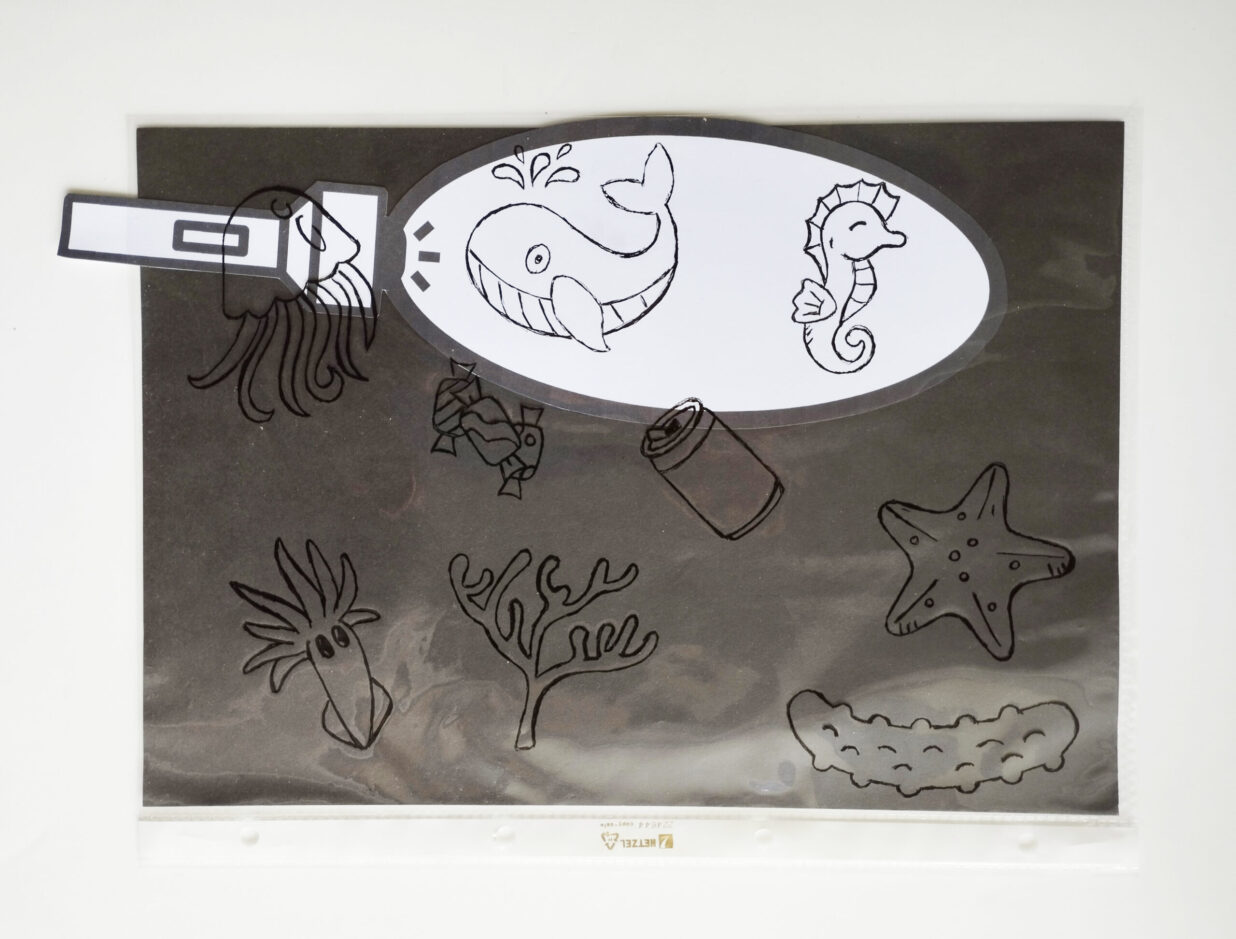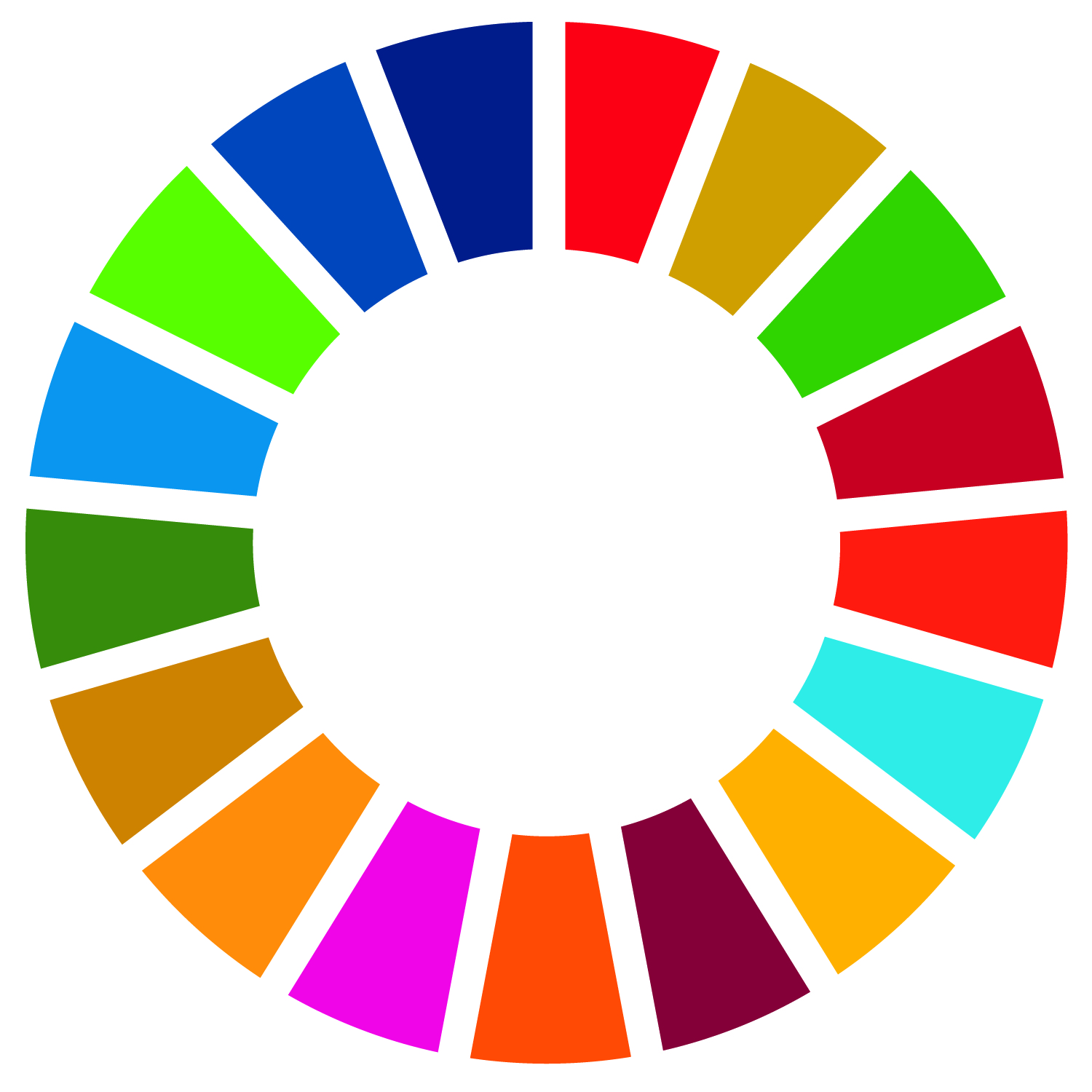The biggest threat for oceans is their littering. The Great Pacific Garbage Patch, which size is more or less five times that of Poland(!), has been drifting in Pacific for years. It’s made up by billions of plastic pieces of different sizes. This plastic takes a form of abandoned fishing nets, bottles, bags or straws, but also microplastics. Besides waste that gets into the water because of human carelessness, some of this garbage is a result of hurricanes. A hundred million of sea animals die every year due to pollution. On the outskirts of the “garbage island” new, invasive species have been appearing, that can be an additional threat to the current ocean inhabitants. Not only water, but also some beaches are so polluted, that they’re called “plastic beaches”. There’s more visible garbage and pollutants than sand. It does not allow you to stand with your hand tied. In the Netherlands, a young scientist – Boyan Slat, has started The Ocean Cleanup Foundation and developed a method for collecting garbage in the ocean. In Australia, as a result of comparing different methods of taking action, to reduce waste, it turned out that the most effective are social campaigns and actions. By involving the community in caring for the oceans, positive change is achieved.
We also encourage taking action. As a warmup, your task is going to be discovering, which one of the things on the picture shouldn’t be in the ocean.
Goal:
- Sensitizing children to the problem of waste in ocean and sea waters
Time: 30 minutes
Materials
- Item template. attachment 4.1
- Troch template. attachment 4.2
- Permanent marker
- String bag or A4 foil sleeve
- Black A4 paper
- White A4 paper (preferably min. 160g/m)
Task flow
- Print the item template from attachment 4.1. Cut out all of the elements separately. Each one of the kids gest one string bag and using permanent marker draws on it a few chosen elements. Warning! it is important for at least 1-2 drawn elements were garbage, that shouldn’t be in the water.
- Everyone gets a black piece of paper to put into the string bag. When each child does that, kids swich their work in pairs.
- Print and cut out the torch template.
- Each kid searches for an element, that shouldn’t be in an ocean or sea on the work they got.
- When the play ends, it is worth to sensitize children to not throwing out their work. They can think how to use it again, e.g. to hide a tooth brush during a trip, to plant a small plant, ect.


This post was created as part of a project co-financed by Deutsche Bundesstiftung Umwelt in cooperation with Naturschutzzentrum Oberlausitzer Bergland.









